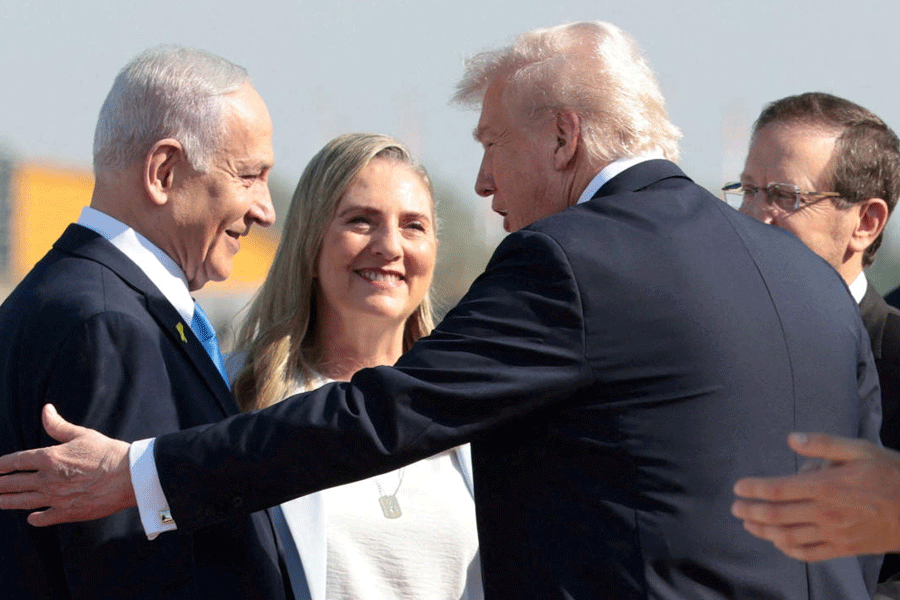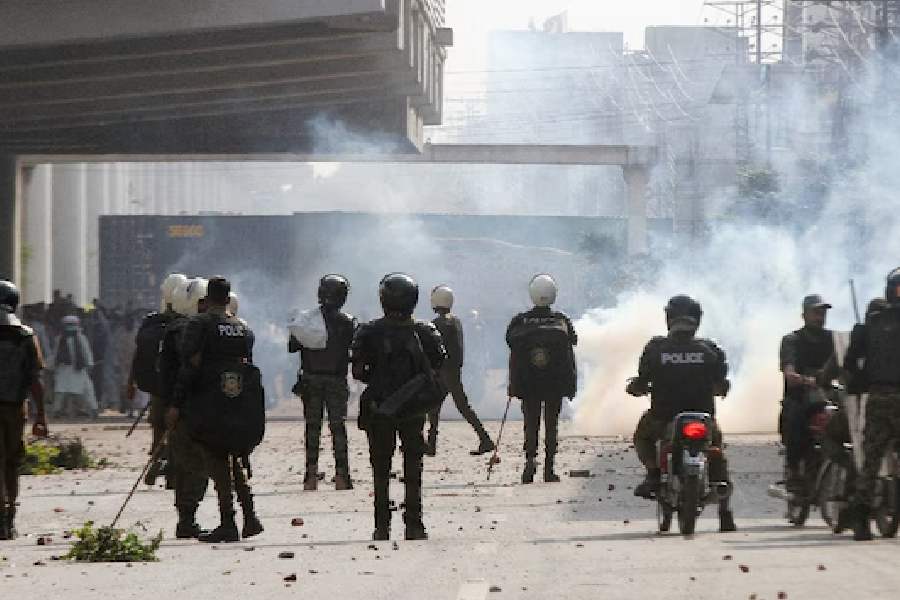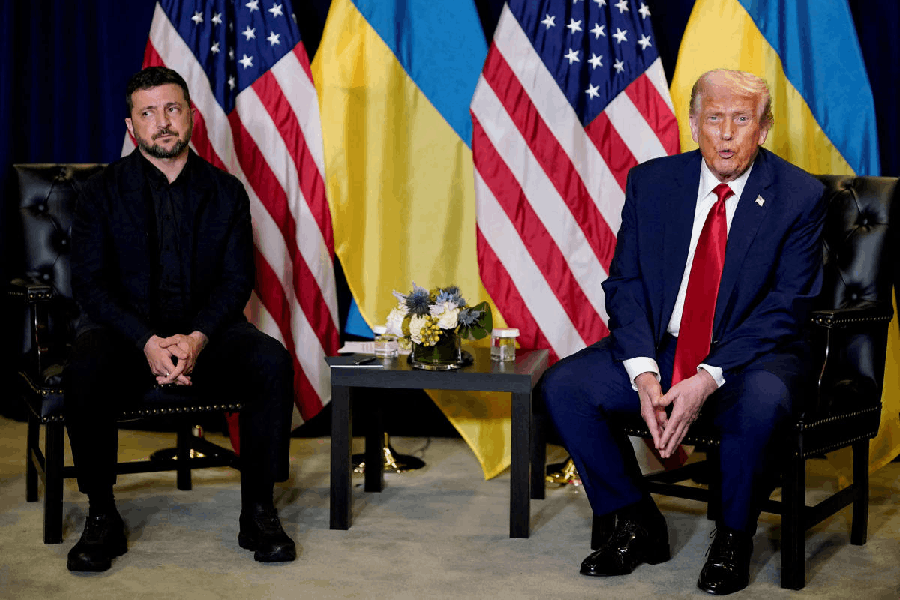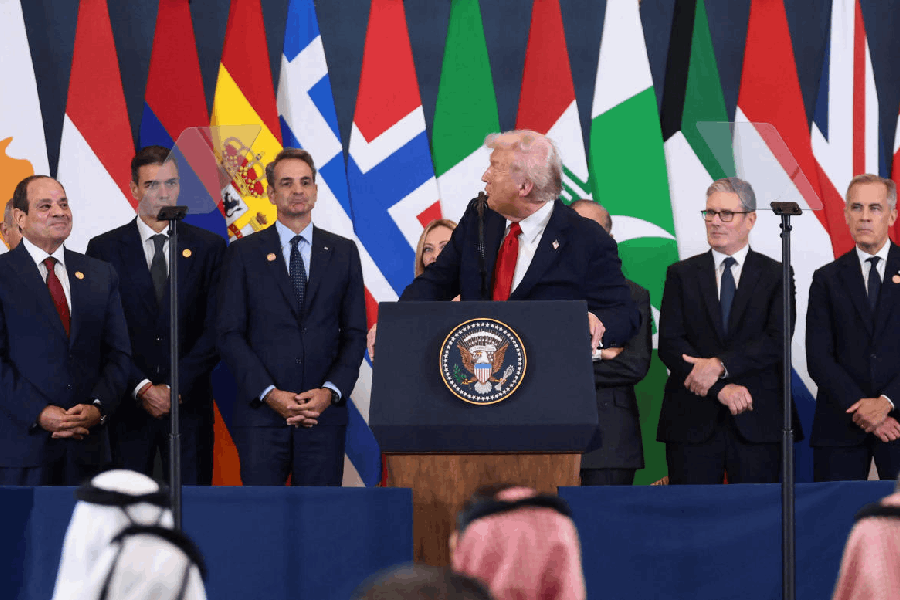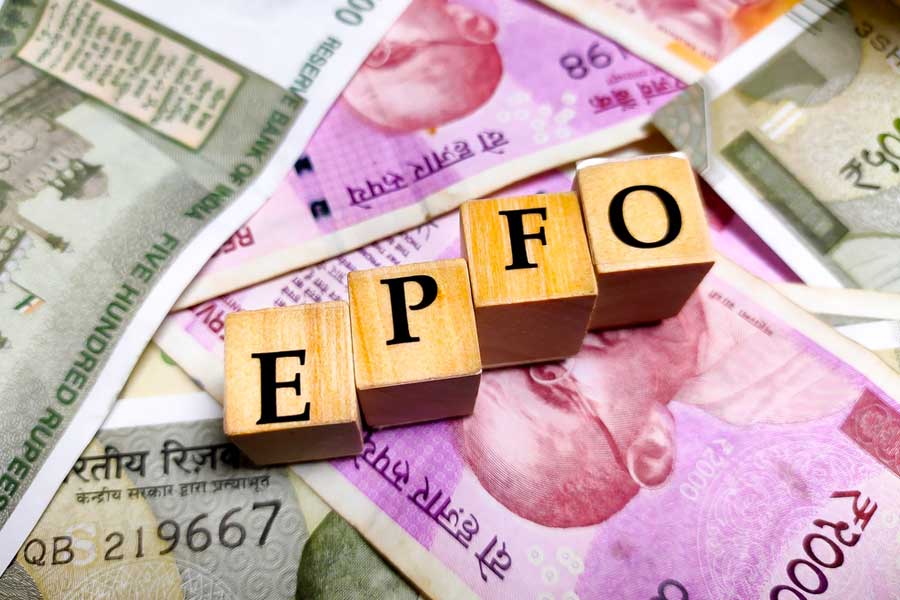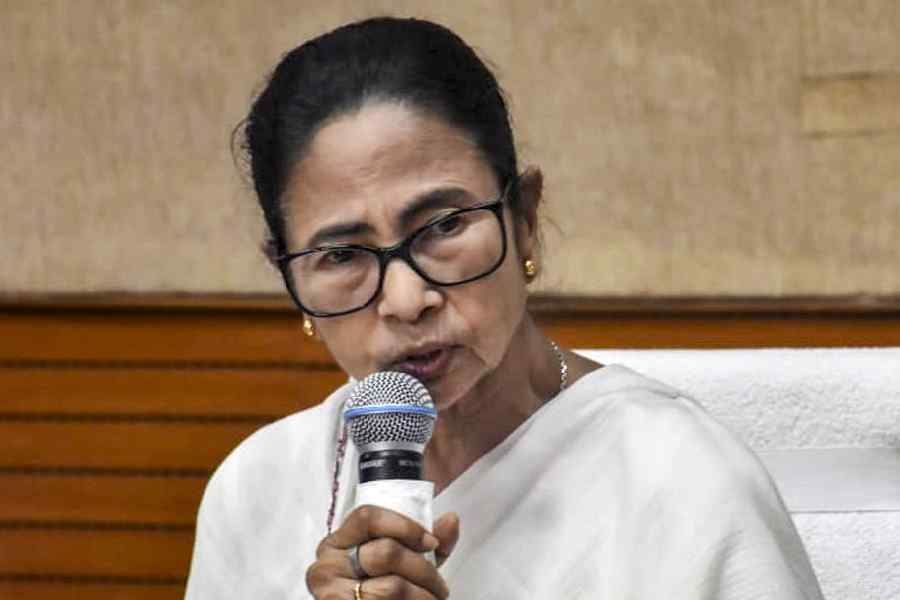Fidel Castro may have rationed sugar in his country and restricted the press, but never did he economise on women.
Like Che Guevara, his colleague in war and the other poster boy of Revolution, Castro struck women with his good looks and macho appeal. But the numbers for Castro are staggering: one "estimate" - if an anonymous claim to a tabloid can be called that - says he had 35,000 women. More conservative estimates put it down to a few dozens.
A disgruntled former official, hidden behind a pseudonym, was the advocate of the 35,000 theory. In 2008, the New York Post - which made it clear where its sympathies lay with the Page 1 declaration today that "Scourge of Cuba finally gone at 90" - had quoted "Ramon" in conversation with filmmaker Ian Halperin, who was making a film on Castro, that the Maximo Lider had slept with that many women.
"Ramon" had even given the "break-up" as if he was referring to the menu for lunch and dinner: at least two women a day for more than four decades.
This is the stuff of myth, true or untrue. If true, Castro must have found the diet agreeable, living to be 90, outlasting the terms of nine American Presidents and outliving many. If it is not true, it at least gives some idea about the appetite Castro had for women.
They were all beautiful, very often not from the working classes and Castro did not have to work hard to get them. Everyone knew about them in Cuba, but no one was encouraged to discuss his affairs in the open. And for some reason, he kept his second marriage a secret for decades, making his wife a shadowy figure in a very public life.
Castro married twice. The first marriage, to Mirta Diaz-Balart, who belonged to a wealthy family that would support Fulgencio Batista, the Cuban dictator Castro would overthrow to become the world figure that he was, lasted seven years, ending in 1955.
The second marriage, to Dalia Soto del Valle, took place in 1980. Castro had had five boys with her, between 1962 and 1974, but Dalia was only produced before the public a few years ago.
In between the two marriages, Castro had several affairs, including one-night stands, which led to much progeny, not all of whom brought him comfort.
In 2009, journalist Ann Louise Bardach wrote a book on Castro, Without Fidel: Death Foretold in Miami, Havana and Washington, that spoke of the "scale of his philandering" and the existence of "at least 10 offspring". In 1993, when Bardach asked Castro during an interview for Vanity Fair how many children he had, he answered: "Almost a tribe."
Castro often did not know about the children he had fathered.
The women did not always feel that they had been treated well.
While being married to his first wife, Castro had a passionate affair with the Natalia "Naty" Revuelta, a green-eyed socialite who was regarded as the most beautiful woman in Havana when Castro first met her on a moonlit night in 1952.
Natalia, who was also married, supported Castro openly during Batista's rule and had pawned her jewels to help his war. They had a daughter, Alina, born in 1956, who was critical of Castro and lived in Miami where a lot of Cuban exiles live.
Natalia had lived on in Havana, famously photographed in her old age where her striking beauty still showed from behind the lines on her face, till her death in 2015. She and Castro were not in touch. She would insist that she was not bitter that Castro had put the Revolution ahead of her.
The CIA had wanted to use Castro's susceptibility to women. One episode in Castro's life could be straight out of the uber capitalist narrative of James Bond.
In 1959, just after the Cuban Revolution, Castro had an affair with Marita Lorenz, a 19-year-old German woman, who had been sent by the CIA to assassinate him. It all ended happily because Marita could not poison him finally, out of love, she said.
But then the CIA had apparently tried to kill Castro more than 600 times. Once Castro is said to have written to the CIA, thanking them for sending him a young woman who was very kind to him through the night, especially because she didn't kill him.
But probably the most important woman in Castro's life was not a lover.
Celia Sanchez had begun her struggle against the Batista government in 1952. In 1957, she joined the guerrillas and worked as a messenger. She helped Che too, with food and medical supplies, and personally looked after Castro and his men in their armed struggles that led to the success of Revolution.
She went on to become one of Castro's closest aides, who always had his ear till her death from lung cancer. She was always with him. Some of Castro's critics have said they were lovers, though official accounts vehemently deny this.
But who can define love?





